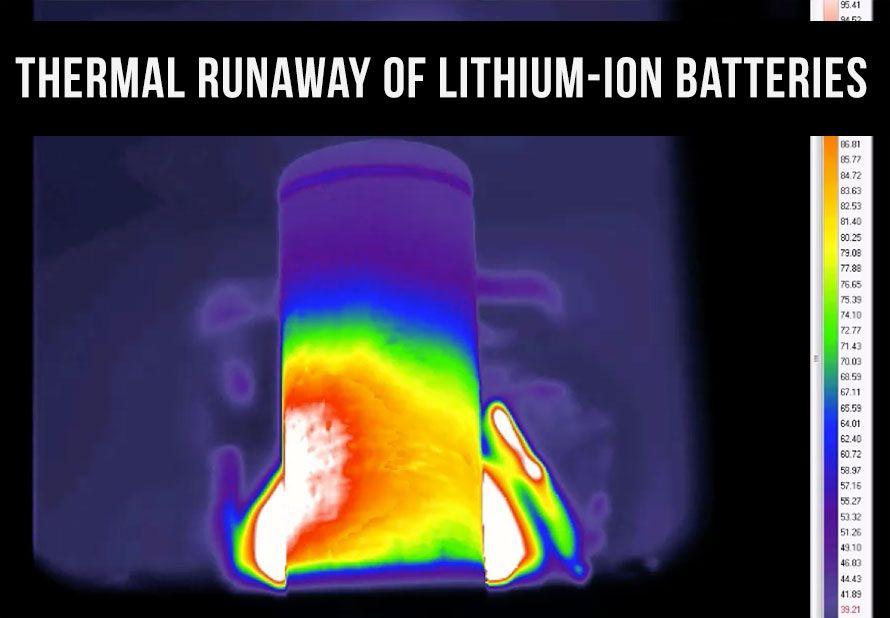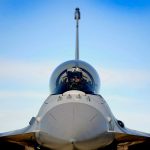In a study published today in Nature Communications, we can watch the most detailed look to date of what happens in a commercial Lithium Ion (LiON) cell during a thermal runaway condition. The aviation industry would like to make use of LiON technology because of its high energy density and high power capabilities. Additionally, the life cycles possible with a LiON cell vs traditional (Lead Acid or Nickel-metal-hydride) could provide significant maintenance cost savings that would surpass the initial higher acquisition cost.
Duotech Services has provided support for a battery cell manufacturer working toward certification of an aviation qualified LiON battery. There are significant challenges in making these batteries safe for use in aircraft operations. Mechanical precautions (to prevent cell failure from cascading through a battery pack) as well as electronic monitoring and control are necessary to mitigate safety issues. For aircraft applications, redundant systems, DO-178 certification and extensive testing are absolutely necessary before a battery can be considered safe for operation. Part of the difficulty in making good safety recommendations has been a lack of understanding of the precise failure modes of these cells. Hopefully, this study and others to follow will move the industry forward in being able to safely adopt this technology.









